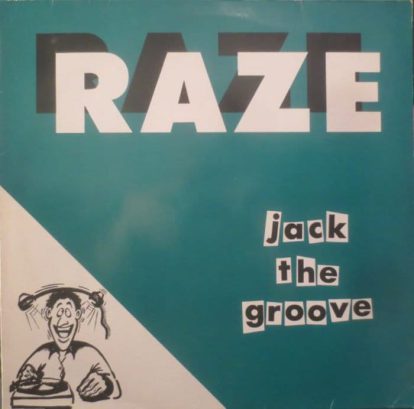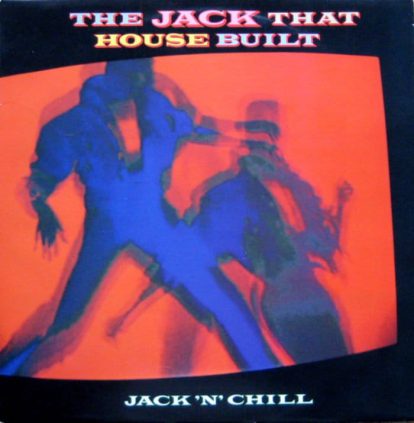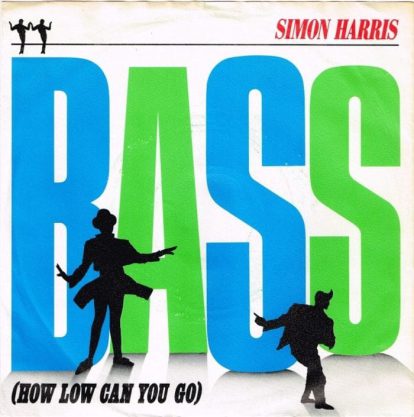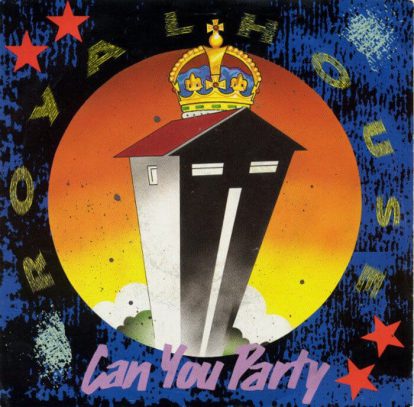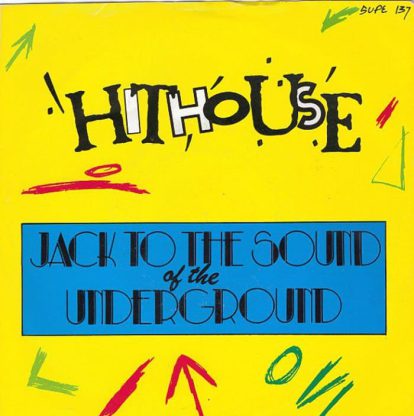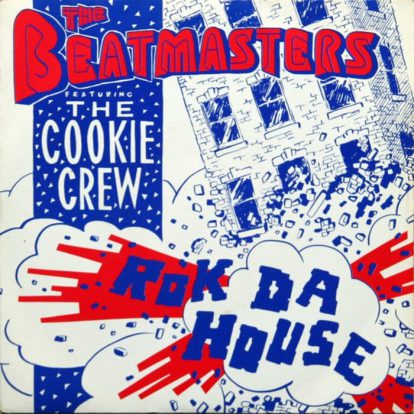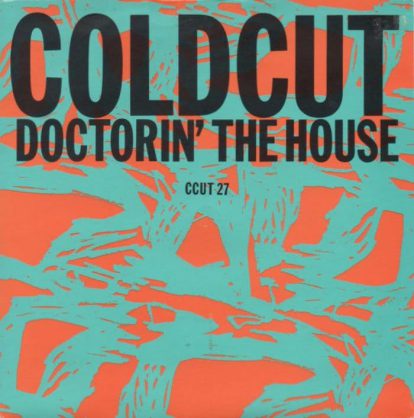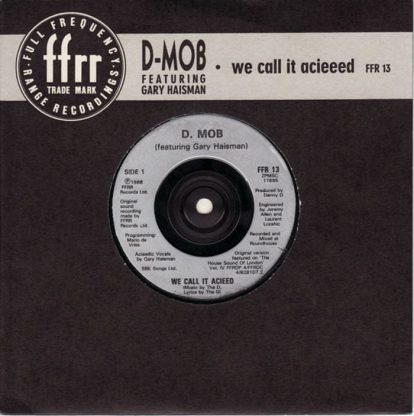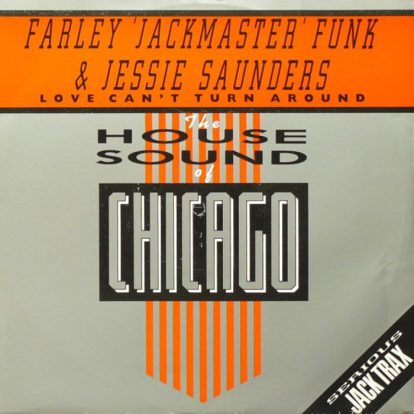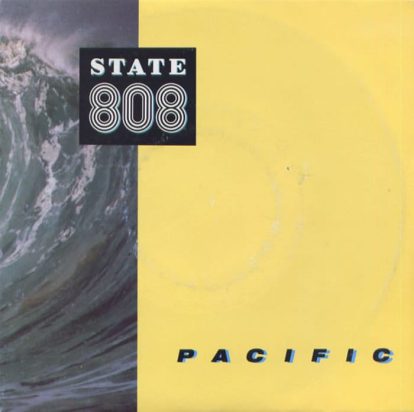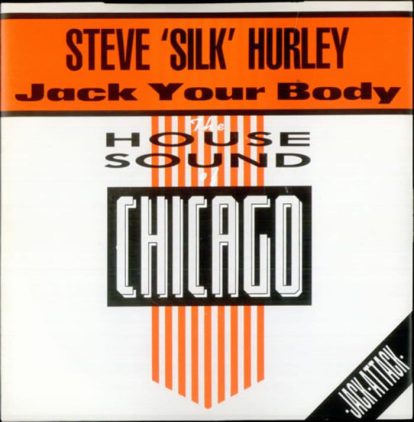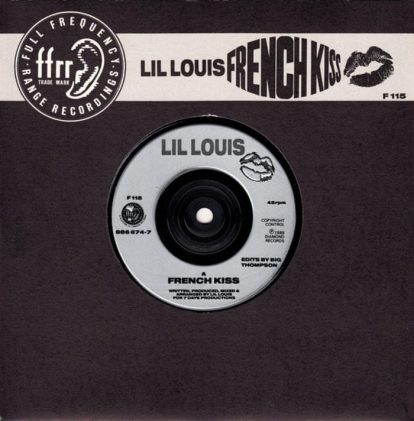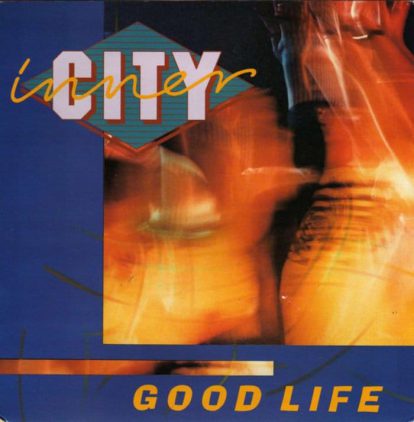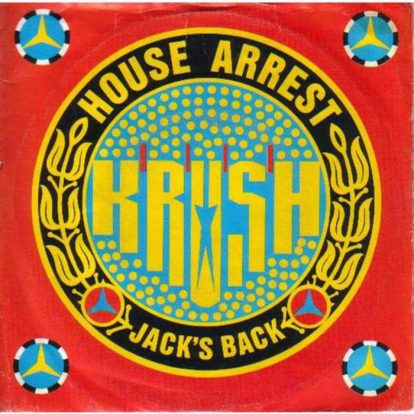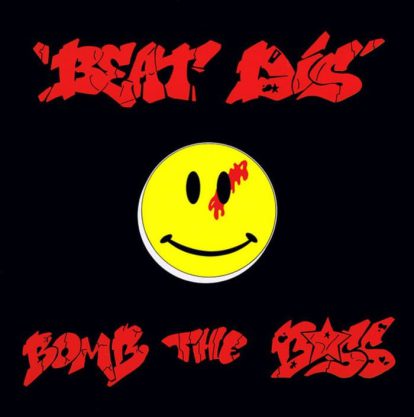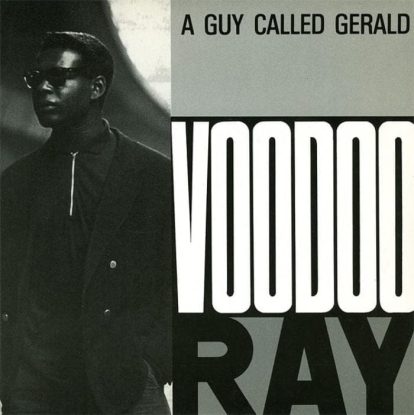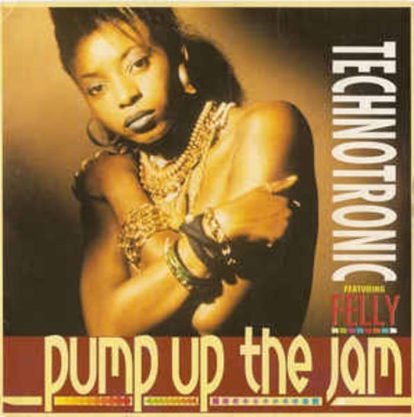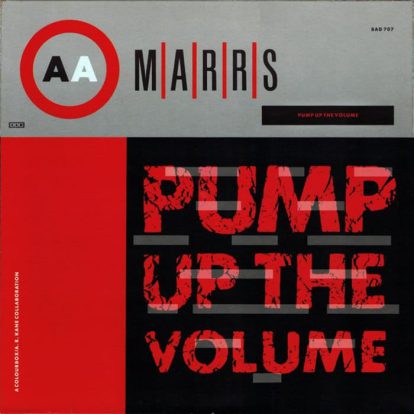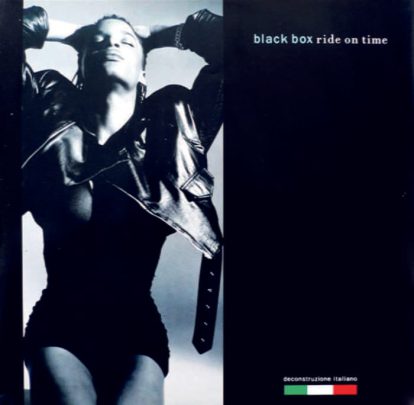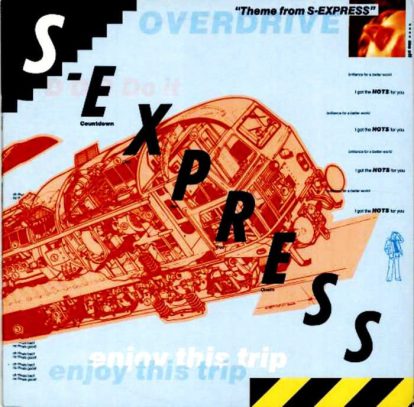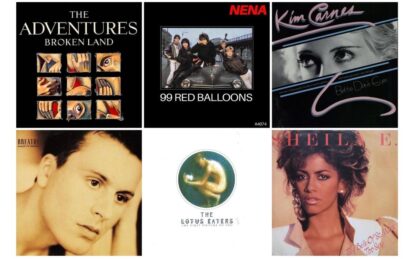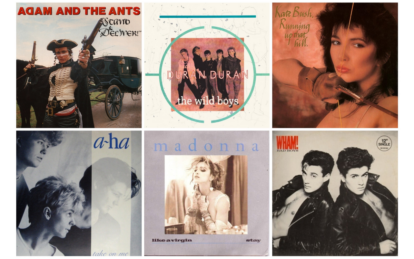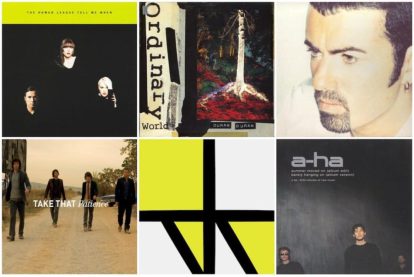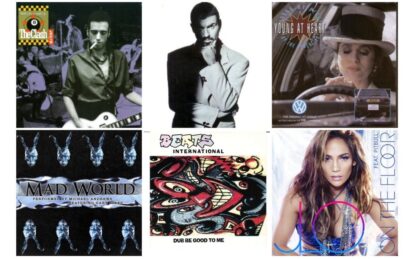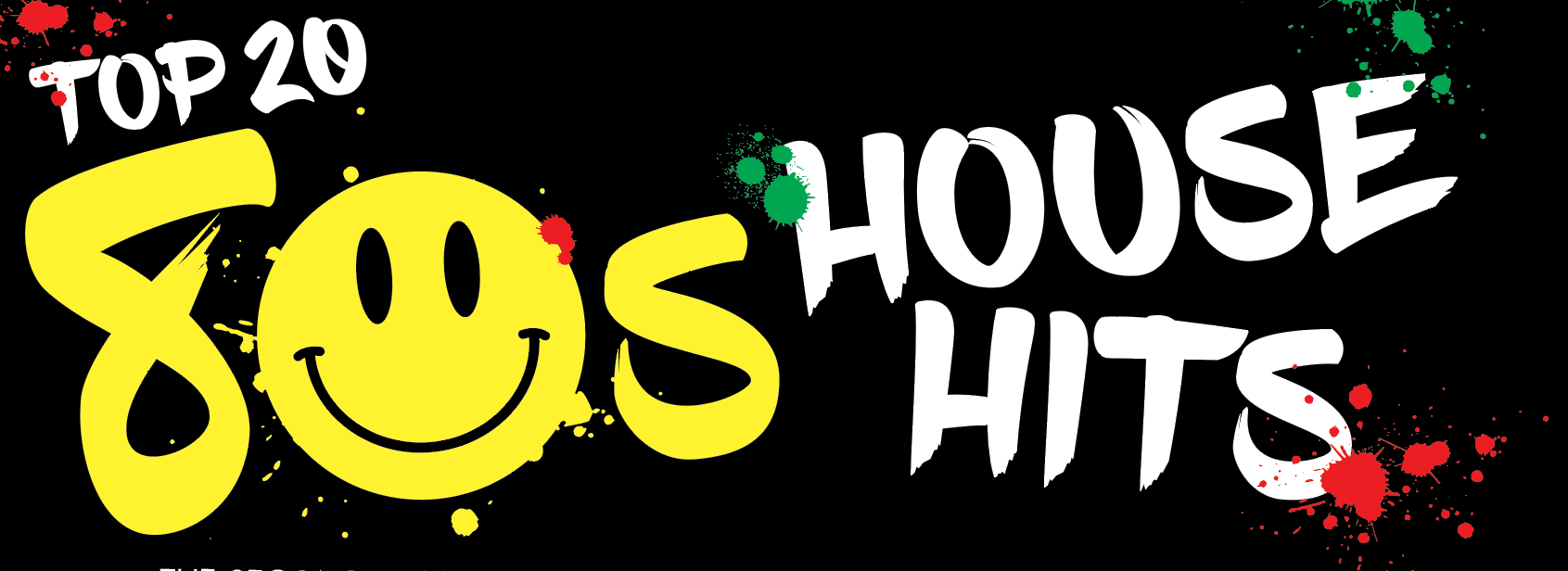
Our countdown of the best house hits of the 80s…
House music may have been initially dismissed as a cult concern by the nation’s one-time ultimate tastemaker Radio 1, but within a few short years the subgenre had spawned multiple No.1 hits, influencing everyone from Stock Aitken Waterman to The Style Council and essentially kickstarted a cultural movement that still resonates three decades on. Narrowing down the biggest bangers to emerge from the early era of glowsticks, tie-dyed T-shirts and massive yellow smiley faces was therefore quite the challenge.
Limiting our selection to only UK Top 20 hits (hence the lack of godfathers Frankie Knuckles, Jungle Brothers, Mr Fingers etc), we’ve included only one track per artist (so no Superfly Guy or People Hold On) and avoided anything which strayed too far into pure pop (see Mel & Kim’s Respectable, Yazz’s The Only Way Is Up), here’s our countdown. Can anyone say Acieeed?
20 RAZE – JACK THE GROOVE (No.20, 1986)
Kickstarting the trend of referencing ‘jack’ or ‘house’ in practically every dance hit, US outfit Raze’s debut single was only the second time the genre had penetrated the UK Top 20. However, by the time it finished its chart run, Bruno Brookes was introducing a new blend of repetitive vocal loops, arpeggiated synths and 808 beats every Sunday. Jack The Groove sounds rather basic to 2019 ears, but it helped pave the way for all the more interesting twists and turns that the scene would take.
19 JACK‘N’CHILL – THE JACK THAT HOUSE BUILT (No.6, 1987)
Not to be confused with Tracie’s 1983 hit The House That Jack Built, this cleverly-titled club classic was the first entirely instrumental house track to grace the UK Top 10. It was the brainchild of Surrey University graduates Vlad Naslas and Ed Stratton, the latter of whom would later found one of the world’s first major music sampling libraries. And The Jack That House Built is a prime example of how to assemble a dizzying array of beats, basslines and daytime quiz show sound effects into a bona fide floorfiller.
18 SIMON HARRIS – BASS
(HOW LOW CAN YOU GO) (No.12, 1988)
Chuck D’s bark of “Bass” on the a cappella version of Public Enemy’s Bring The Noise is reportedly one of the most sampled seconds in music history. And it’s Simon Harris who’s credited with lifting it first. In fact, Bass (How Low Can You Go) was apparently finished within an hour of Bring The Noise’s world premiere on Tim Westwood’s Capital Radio show. And Harris’ quick thinking sure paid off – the track also made it to No.3 on the Billboard Dance chart.
17 ROYAL HOUSE – CAN YOU PARTY (No.14, 1988)
Todd Terry would later work his magic remixing Everything But The Girl and the unfashionable The Corrs but there was little middle of the road about his first taste of UK chart success. Recorded under the guise of Royal House, Can You Party is a full-on club banger, complete with hype man chants (courtesy of The Jackson 5), wailing sirens and euphoric diva vocals. And its inspired sample of fellow house maestro Marshall Jefferson’s Move Your Body gave a certain Belgian act further up our list a few ideas, too.
16 HITHOUSE – JACK TO THE SOUND
OF THE UNDERGROUND (No.14, 1988)
Long before the rise of superstar DJs Tiësto and Armin van Buuren and the techno, techno, techno, techno of 2 Unlimited, the Netherlands’ dance scene was first put on the map by Hithouse, aka the late Peter Slaghuis. The Dutchman’s sole UK hit is notable for the Kelly Charles sample that would later be utilised by The Prodigy and Oxide & Neutrino and gained a new lease of life in the early 90s as the theme to sketch show The Mary Whitehouse Experience.
15 BEATMASTERS FEATURING THE COOKIE CREW
– ROK DA HOUSE (No.5, 1988)
Hailed as the cooler alternative to SAW’s Hit Factory, production trio Beatmasters helped to revive the chart fortunes of PP Arnold, launch the career of Betty Boo and extend Yazz’s brief stint as Britain’s biggest female pop act. But their most significant contribution to the late 80s chart landscape appeared courtesy of Rok Da House, a pioneering blend of hip-hop and house featuring the sassy and street tough flow of South London duo Cookie Crew.
Read more: 90s dance – the essential playlist
14 COLDCUT – DOCTORIN’ THE HOUSE (No.6, 1988)
Shortly before transforming Otis Clay’s soul obscurity The Only Way Is Up into a Hi-NRG chart-topper, Coldcut first teamed up with Yazz and her Plastic Population on this sampling free-for-all. Howdy Doody’s catchphrase, Afrika Bambaataa’s Planet Rock and the Justice League Of America theme are just a handful of the curios that Matt Black and Jonathan More threw in. Sure, Doctorin’ The House sounds like a kid playing with a new toy, but it’s as enjoyable to hear as it undoubtedly was to create.
13 D-MOB – WE CALL IT ACIEEED (No.3, 1988)
The late London scenester Gary Haisman once insisted that, contrary to popular opinion, his high-pitched cries of ‘”acieeed” weren’t in any way, shape or form advocating the use of illegal drugs. But nevertheless, the kneejerk BBC of the 1980s still banned D-Mob’s breakthrough hit for his distinctive vocal contribution. Unsurprisingly, the controversy helped propel the borderline novelty song to No.3 behind the equally elated Bobby McFerrin and the presumed-to-be-squeaky-clean Whitney.
12 FARLEY ‘JACKMASTER’ FUN & JESSIE SAUNDERS
– LOVE CAN’T TURN AROUND (No.10, 1986)
The genesis of the house music crossover. Steve ‘Silk’ Hurley may have been the first to mould Isaac Hayes’ disco favourite I Can’t Turn Around into a Chicago house anthem. But it was Farley ‘Jackmaster’ Funk who took the idea and ran with it, changing its lyrical narrative from everlasting love to heartbreak, adding an infectious vocal hook and allowing guest vocalist Darryl Pandy to showcase his flamboyance in all its glory.
11 808 STATE – PACIFIC STATE (No.10, 1989)
Founding member Graham Massey once claimed that there were 42 different versions of 808 State’s debut hit knocking about. But it was the three minute 53 seconds edit known as Pacific 707 that took the Mancunian outfit from the Haçienda dancefloor all the way to the UK Top 10, via a little help from unlikely champion Gary Davies. Blending the acid house scene’s signature 303 squelches with birdsong and warm synths, Pacific State is the meeting point between illegal warehouse and meditation spa.
10 STEVE ‘SILK’ HURLEY – JACK YOUR BODY (No.1, 1987)
Having been beaten to the punch by one of his own ideas, Steve ‘Silk’ Hurley then went nine chart positions better to score the UK’s first house music No.1. There’s not much to Jack Your Body. In fact, hastily assembled from footage of pre-war dancing clips and rudimentary animation, its makeshift video is arguably more memorable than Hurley’s minimal and mechanical take on the Chicago sound. But despite appearing to arrive from nowhere, few other chart-toppers have made a longer-lasting impact.
9 LIL LOUIS – FRENCH KISS (No.2, 1989)
Aka the one with all the orgasmic moans. Chicago producer Lil Louis steamed up the airwaves in 1989 with an erotically-charged house anthem which had every parent on the school run covering their kids’ ears. Alongside the highly sexual vocals that would put most adult film stars to shame, French Kiss also slows down to a complete standstill before kicking back into overdrive. It’s hard to imagine such obvious filth getting daytime play now but you have to admire its sheer audacity.
8 INNER CITY – GOOD LIFE (No.4, 1988)
One of the few house acts to translate their club success to the album charts, Inner City peaked at No.3 in the UK with their debut LP, Paradise, largely thanks to this feelgood ode to, well, the good life. Founder Kevin Saunderson had made his name as a Detroit techno pioneer with the Belleville Three, but here he eschews such industrial futurism for a blend of sweeping strings, colourful synths and the cooing melodies of Chicago vocalist Paris Grey. House music has never sounded so joyously optimistic.
7 KRUSH – HOUSE ARREST (No.3, 1987)
One-hit wonders Krush’s lineup featured the future co-founder of seminal IDM label Warp Records and one half of electronic pop oddballs Moloko. But there’s little evidence of such leftfield fare in the breezy house anthem which made their names. Shrewd samples of Richard Pryor and Grandmaster Melle Mel add to the sense of fun. But it’s the carefree, featherlight tones of Ruth Joy, a refreshing change from the genre’s preferred bombastic style, that makes this surprise No.3 hit truly stand out from the crowd.
6 BOMB THE BASS – BEAT DIS (No.2, 1988)
“This is a journey into sound,” declares Geoffrey Sumner, the plummy-voiced post-war actor who unexpectedly became a turntable favourite in the late 80s. And he wasn’t wrong. Bomb The Bass (aka Tim Simenon)’s debut hit was another glorious whirlwind of random samples which ranged from the sublime (James Brown, Prince) to the surreal (Thunderbirds, Jayne Mansfield) and somehow made a beeping alarm clock the coolest sound around. Only Kylie’s I Should Be So Lucky could keep it from hitting No.1.
5 A GUY CALLED GERALD – VOODOO RAY (No.12, 1989)
Recorded in secret while he was still a member of 808 State, the first solo venture from Gerald Simpson was something of a happy accident. The acid house classic would have been called Voodoo Rage had Simpson’s primitive hardware contained enough memory to sample a line from a Derek And Clive sketch in its entirety. Instead, a figure named Voodoo Ray was repeatedly summoned amidst a wave of swirling synths and mantra-style vocals that seemed designed to send listeners into a trance.
4 TECHNOTRONIC FEATURING NELLY
– PUMP UP THE JAM (No.2, 1989)
Ironically, it took a Belgian production team to make the American mainstream aware of a sound that had originated in their own country several years previously. It’s not hard to see why Technotronic managed to achieve the breakthrough. With its bouncy synths, pulsing hip-house beats and brassy sung-spoke vocals – performed by Ya Kid K, not the fashion model that lip-syncs in the video – Pump Up The Jam remains one of the most hook-laden anthems in house music history.
3 M|A|R|R|S – PUMP UP THE VOLUME (No.1, 1987)
Talent-poaching accusations, tracklist disputes, a slightly hypocritical injunction filed by Pete Waterman… The fractious creative process behind Pump Up The Volume – named after a line from Eric B & Rakim’s I Know You Got Soul – is almost as intriguing as the sample-heavy gamechanger itself. Thankfully, all the behind-the-scenes drama proved to be worthwhile. The one-off collaboration between 4AD signings AR Kane and Colourbox followed in Steve ‘Silk’ Hurley’s chart-topping footsteps.
2 BLACK BOX – RIDE ON TIME (No.1, 1989)
The six-week chart-topper that introduced the world to the uplifting piano-led sound of Italo house. Black Box weren’t the first act to borrow from Loleatta Holloway’s Love Sensation – in fact, Samantha Fox had done so just 12 months previously – but they were the first to truly fulfil its dancefloor potential. Ride On Time doesn’t relent from the moment Holloway’s (or Heather Small’s, but definitely not miming model Katrin’s) tour de force vocals kick in. The result is a powerhouse club classic.
1 S’EXPRESS – THEME FROM S’EXPRESS (No.1, 1988)
There ain’t no party like a S’Express party. Whereas the majority of house music hitmakers seemed to be faceless entities quite content to hide behind their keyboards and computers, Mark Moore’s collective were a gloriously colourful prospect who seemed to fully embrace the concept of being 1980s pop stars. In fact, Moore once told The Guardian that the group of “terrible showoffs” were assembled purely for their Top Of The Pops-friendly appeal.
Being a member of S’Express therefore always looked like a whole lotta fun and it’s a sense of joy that was effortlessly captured in their sound, an ecstatic blend of acid house, funk and 70s disco – hence its accompanying promo’s array of flares, Afro wigs and lava lamps.
Thrill Ride
Of course, that booming brass hook and those persistent synth squiggles, borrowed from and quickly tossed aside in Rose Royce’s Is It Love You’re After, immediately catch your attention. But Moore manages to hold it for a further three-and-a-half minutes by delving deep into his record collection and lobbing everything from Salsa orchestra violinist Alfredo de la Fé to synth-pop duo Yazoo into the unashamedly kitschy mix.
Theme From S’Express might not be the coolest of house hits, but then it’s not designed to be. It’s simply a pure thrill ride whose sole intention is to get everyone dropping their ghetto blasters and busting out a few moves. “Enjoy this trip,” urges the booming voice of Star Trek creator Gene Roddenberry ahead of all the organised chaos. Moore’s inspired collage of lost hits, obscurities and dialogue samples, not to mention his motley crew of performers, made it virtually impossible not to.
Read more: The Bristol sound

